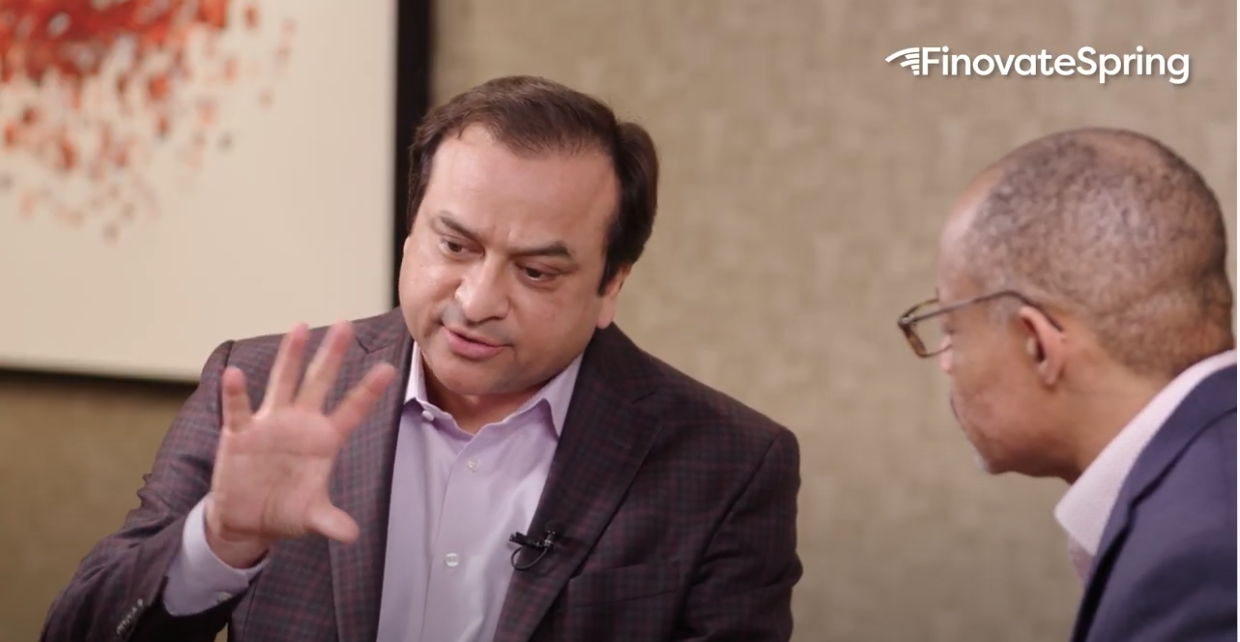
Courtesy of Tencent, Block (formerly known as Square), and existing investor Insight Partners, Indonesian consumer payments platform Flip has secured a $55 million addition to its Series B round. Also involved in the funding were a handful of individual investors including Checkout.com CEO Guillaume Pousaz, DoorDash executive Gokul Rajaram, and former Venmo COO Michael Vaughan.
No updated valuation information was included in the funding announcement. The company has raised a total of $120 million since inception three years ago. Flip raised $48 million in Series B funding in December 2021.
Flip enables millions of Indonesians to access P2P payments with interbank transfers to more than 100 Indonesian banks. The company also offers international remittances, e-wallet top-ups, and business solutions for employee payroll, customer refunds, invoice and supplier payments, as well as international transfers. More than $12 billion in transactions a year are processed on Flip’s platform.
“The growth opportunity of the Indonesian digital economy is vast with its massive population and favorable demographics, Flip co-founder and CEO Rafi Putra Arriyan said. “We are laser-focused on helping millions of Indonesians, both individuals and businesses, execute various money transactions at a low cost through our platform.”
Flip plans to use the new capital to increase headcount, especially with regard to engineering and product development. The company also will invest in new products and technology development to both enhance quality of service and power further expansion.
Crypto may be a fighting word in El Salvador these days, which has hitched its economy to the fate of digital assets like nowhere else. But the move to bring cryptocurrency-based solutions to Latin America is still going strong. Visa announced late this week that it is launching the first crypto cards in Latin America – targeting Brazil and Argentina for the debut of its new products.
As reported in Crypto News and other media outlets that picked up the story from Expansión, Visa has partnered with a number of fintech companies in the region to issue cards that will enable users to receive cashback in Bitcoin when they make payments. In Argentina, Visa’s partners include cryptocurrency exchange Lemon Cash, which will offer 2% Bitcoin cashback Visa cards. Visa also has teamed up with Argentinian cryptocurrency trading platform Satoshi Tango and Crypto.com. In Brazil, Visa is working with Alterbank and Zro Bank.
“The cryptocurrency ecosystem continues to gain momentum in the region with increased investment, more consumer adoption, and more crypto-enabled use cases,” Visa SVP of Products and Innovation for Latin America and the Caribbean Romina Seltzer said. “We will continue to build on our strong strategy to build the future of crypto and payments for our customers, clients, partners, and consumers.”
Here is our look at fintech innovation around the world.
Sub-Saharan Africa
- Following up on its acquisition of U.S.-based Global Technology Partners, African digital payments network MFS Africa announced a $100 million equity and debt extension to its Series C round.
- U.K.-based cash management solutions company Ceviant launched in Nigeria this week.
- The Bank of Ghana won Central Banking’s FinTech Policy of the Year award for 2022.
Central and Eastern Europe
- Berlin-based investment-as-a-service fintech Upvest raised $42 million in Series B funding.
- iDenfy, an identity verification and compliance specialist based in Lithuania, teamed up with e-commerce financial management platform Juni.
- Latvian open banking solution provider Nordigen announced a partnership with Netherlands-based accounting software provider BUNNI.
Middle East and Northern Africa
- MENA-based banking-as-a-service provider and card issuer NymCard secured $22.5 million in funding this week.
- Egypt-based microfinance services platform Tanmeyah acquired B2B platform Fatura.
- Mastercard teamed up wit EziPay to enhance global digital commerce payments opportunities in the Middle East and Africa.
Central and Southern Asia
- Karachi, Pakistan-based B2B marketplace Dastgyr raised $37 million in Series A funding.
- India’s Raise Financial Services announced plans to invest $500,000 in investech and wealthtech startups.
- Mewt, a banking app for micro, small, and medium-sized businesses in India, secured $4.6 million in seed funding.
Latin America and the Caribbean
- Paggo, a digital payments company based in Guatemala, will launch its own POS.
- Costa Rica-based IMPESA announced an expansion to Panama with the launch of its KIPO platform.
- TechCrunch examined the latest trends in fintech funding in Latin America.
Asia-Pacific
- Japan’s first digital bank, Minna Bank, celebrated reaching the one million download mark for its app.
- Global payment and banking infrastructure company Episode Six announced a partnership with Vietnam-based fintech builder Galaxy FinX.
- Hong Kong-based broker and e-wallet B2Core partnered with AI-powered identity verification company Shufti Pro.












